With the consumer’s evolving ingredient preferences and increasing disposable income, the pressure on food processors to innovate and reformulate foods and beverages using simpler and cleaner ingredients hasn’t missed the dairy aisle. Appreciation of the prospects for traditional milk products in the newly emerging world scenario presents exciting opportunities for orchestrating further growth.
This overarching consumer evolution has helped propel some brands into high growth as they fulfill each of these demands. Some of the technological advances made in the recent years include:

UHT Milk Pouches
In order to tap the surging demand of the convenience foods in India, dairy players have been trying to obtain safe dairy products with a long shelf life. One of the commonly employed methods is the ultra high temperature processing of milk. This process aims to reduce the high risk of expiration and spoilage. Amul Moti (by Amul) and Live Lite (by Mother Dairy) are few of the examples of the UHT milk available in the market.
Low Sugar and Fortification of micro-nutrients
To keep up with the requests for less added sugar underscored by the addition of added sugars listing on the Nutritional Facts Panel, R&D scientists have been hopscotching from one processing technology to another to formulate a highly nutritious product with enhanced shelf life. One of the recent examples is the unveiling of the ‘Yakult Light’ by Yakult Danone India, a fermented milk drink containing same probiotic cultures as Yakult’s signature probiotic drink but with fewer calories, less sugar and fortified Vitamin D and Vitamin E.
Another example is the launch of “Thandai” by Kwality Limited, a flavoured milk drink fortified with Vitamin A and Vitamin D.
Adoption of modern technology
Yogurt is the hotbed of innovation for dairy industry. In the last few years, Greek yogurt has made its way to the regular grocery list of urban Indians. The product is obtained by straining the liquid whey content from the regular content. Acid whey pose filtration challenges by coating and tightening membrane pores, extending process time and requiring additional maintenance if components with commercial value are to be recovered. Earlier, ion-exchange and electrodialysis were used to remove minerals while isolating desirable components of the stream. The problem with both the processes were that chemicals were used in the first process and purity levels were less than ideal with the latter. To overcome this problem, dairy players are looking for ultrafitration or reverse osmosis equipment.
Apart from this, yogurt developers are revising recipes with clean, simple ingredients, savory flavours and less added sugar. For example, Epigamia has launched Epigamia Artisanal Curd, India’s first lactose free curd. They used pure cow’s milk, added two strains of probiotics- Lactobacillus Acidophillus and Bifidobacteria, and removed the lactose.
Innovation is exciting but tapping into a viable innovative idea in the dairy category hinges on fully understanding the current state of the market, regulatory environment and technological landscape. Provided that right platform is made available to the manufacturers where innovative ideas can prosper, diary industry can bring the next revolution in the retail sector.

